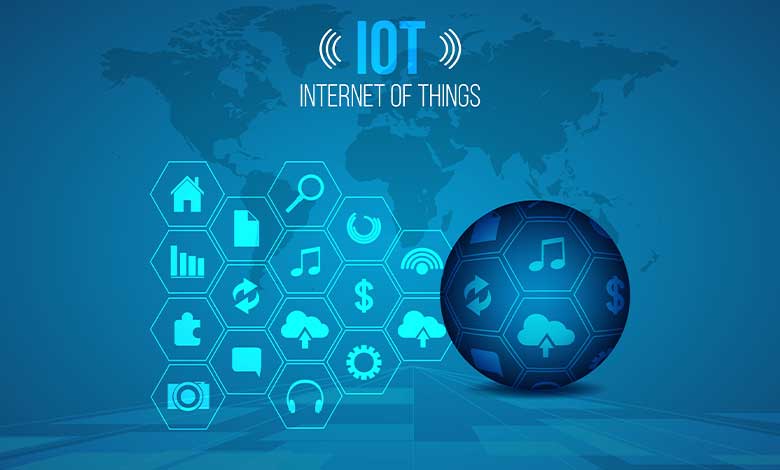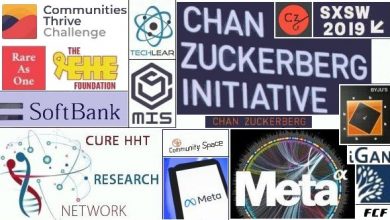
The electronics space is already talking about smart cities, but the situation with smart devices in the home, especially over the issue of information security, remains shaky at best. About a month ago top tech companies announced a working group, named Project Connected Home over IP (or CHIP for short). The goal is to develop a unified network standard that will resolve current and future device compatibility, security and development issues across smart home IoT devices. What will this mean for consumers and developers?
The current smart home IoT ecosystem is undoubtedly flawed. Last month Wyze confirmed a server leak that exposed user data to wrongdoers and cases of IoT exploitation were made public. Prior to such screaming digital security and user safety concerns making it to the surface, home gadgets were unanimously proclaimed notoriously bad at working together. The problem was made even more acute by their growing number in the household.
What CHIP plans to address
It was probably when problems peaked which served as the tipping point for companies to finally unite and address the growing number of issues that consumers and developers were facing. The CHIP Working Group brings together Amazon, Apple, Google and the Zigbee Alliance at a round table to compose a unified network communication standard based on the companies’ existing cross-compatibility solutions.
Previously consumers were assured that smart home devices would seamlessly work together regardless of the company they were produced by. What consumers really got was a bumpy customer experience where only additional middleware could get all devices to finally synchronize and communicate. In part, this was owing to the different network technologies that were implemented by individual manufacturers. The other side of the problem was also the underlying software modeling and architecture design, which led to a lack of interoperability.

The new connected home standard will borrow from the different technologies that companies like Amazon and Google are currently using to bring the applications under one roof, while giving them the opportunity to function across the same network protocol (IPv6). The CHIP team of representatives quickly set up a Working Group website to line up with the announcement.
What are the implications for consumers and developers?
By tackling the joint software application development challenge the CHIP standard will make the lives of both consumers and developers much easier. As the Zigbee Alliance website clearly states, the goal is to simplify development and increase compatibility.
For consumers this means a truly connected device ecosystem that is accessible from a central control panel. This obviates the headache of workaround solutions to bring control over all devices to a single access point. Consumers will be able to enjoy and take full advantage of the higher level of connectivity among devices. Moreover, a unified software development approach on behalf of the consumers will guarantee better encryption of user data.
A single low-level networking standard will also mean that more application engineers will be able to contribute to companies and startups working on development. The result will be made possible owing to a low level entry threshold. Because the standard will be open source, custom software development companies and individual developers will also be able to utilize in their work with clients or for personal projects. The Working Group currently openly allows manufacturers, providers and developers to join the cause via its official website.
Members of the Working Group are expected to come to a mutual agreement and announce the results of the resolution at the end of 2020. However, the implementation of the newly-minted standard will most likely happen over the next two years.
Why should you care about the new smart home standard?
The fact that top tech companies have decided to unite efforts and make the lives of end users easier signals a positive change in the IoT market on the whole. With over 26 billion Internet of Things devices out there, it was only time before industry movers had to react to the growing disconnect in what was otherwise promoted as a “connected devices ecosystem”.
Apart from the big three, the CHIP working group is comprised of Zigbee Alliance representatives: IKEA, Legrand, NXP Semiconductors, Resideo, Samsung SmartThings, Schneider Electric, Signify (formerly Philips Lighting), Silicon Labs, Somfy, and Wulian. The fact that everyone is willing to work together at long last should to some extent be a guarantee that it is now in everyone’s interests to live up to consumer expectations.
On the whole this signals a breaking point for an industry that is saturated with manufacturer’s and producers who have found it hard to play ball and reach any kind of consensus up until recently. Somewhere in 2022, the consumer will be able to reap the fruit of this effort and enjoy a seamless experience of gadgets working on the same network layer with the added benefit of knowing that their data is safe.
 Pavel manages content marketing and PR at Smart IT, alongside a team of talented software engineers with a background in competitive programming. Smart IT is a Belarus-USA based IT outsourcing services and software development company engaged in helping clients across the globe with on-demand services and solutions.
Pavel manages content marketing and PR at Smart IT, alongside a team of talented software engineers with a background in competitive programming. Smart IT is a Belarus-USA based IT outsourcing services and software development company engaged in helping clients across the globe with on-demand services and solutions.











